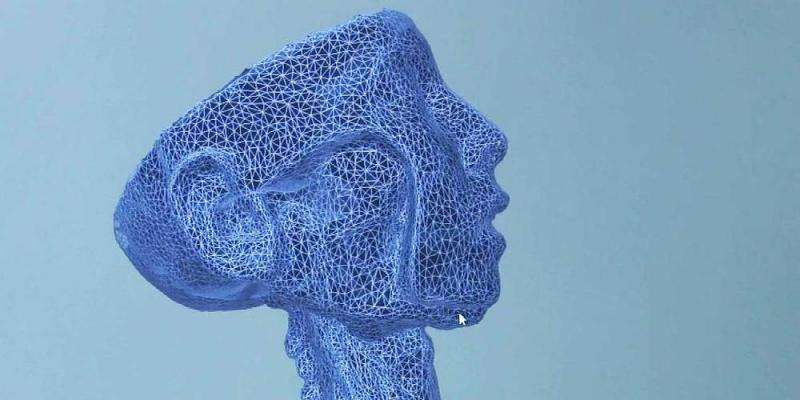Computer game designers create 3D anatomical training tool for anatomists

Abertay University computer game designers have helped Aberdeen University anatomists build interactive 3D models of human organs and other body parts that are set to help to train doctors and medical scientists of the future.
Cutting-edge, game-based software will allow students access to highly accurate models of specimens which can be digitally manipulated and 'dissected'.
Anatomy students currently train with human material that has been generously donated for teaching but access is restricted to the licensed anatomy teaching facility due to strict legal regulation. Existing digital learning tools that already enhance anatomy teaching at Aberdeen University have some limitations.
The innovation, which takes advantage of state-of-the-art techniques, will let students explore high-resolution digital models – greatly benefitting their studies and development.
The models are generated using a process called photogrammetry which involves taking individual photographs of a specimen at slightly different angles and then compiling the images digitally to create a fully interactive 3D model.
Currently the team create animations with the 3D models but a collaboration with computer games designers at Abertay University will produce a virtual environment which will allow for far greater interaction and dynamic learning opportunities.
Dr Robin Sloan of Abertay University said: "Computer games technologies have huge potential beyond the gaming arena through their ability to create genuinely interactive virtual environments that can massively enhance interactions and experiences for people in all kinds of settings. This project is an ideal demonstration of how learning can be transformed for anatomy students, and the principles and techniques are equally applicable across a wide range of other disciplines too."
Dr Flora Gröning, an Anatomy lecturer at the University of Aberdeen and coordinator of the project said: "The models and virtual environment we are developing are really first-of-their-kind innovations.
"This software will be of huge benefit to our students and will allow them access to incredibly detailed recreations of body parts, in addition to the time they already get with real specimens. This can only boost their learning experience and understanding of the human body which will serve them well as they go forward in their careers.
"This is a quantum leap in teaching tools in terms of what is currently available – such as plastic models or simplified digital models - and we hope, once the project is complete, it can benefit students across the world."
Professor Alan Denison, MBChB Programme Lead at the University of Aberdeen and Consultant Radiologist at NHS Grampian said: "Aberdeen has a proud history of using state-of-the-art technology to make Anatomy teaching an exciting, immersive and clinically-centred experience. This latest innovation keeps us at the frontier of learning today as we prepare our future clinicians and scientists for tomorrow's challenges."
Provided by University of Abertay Dundee




















